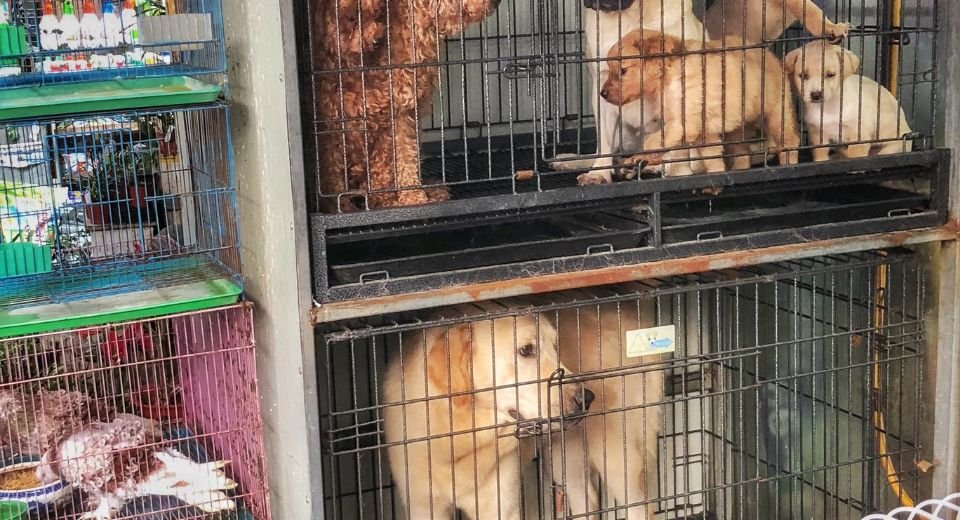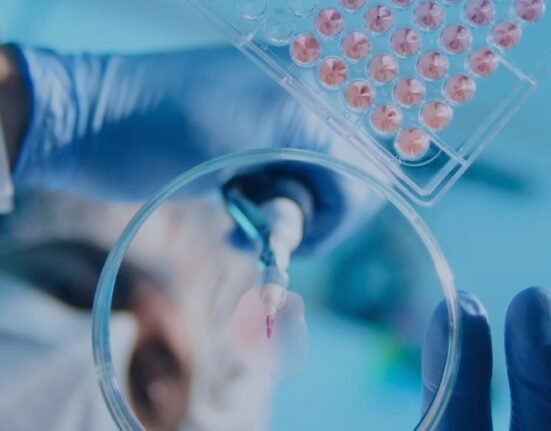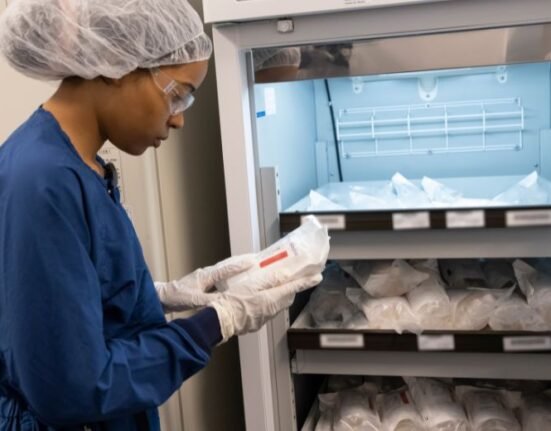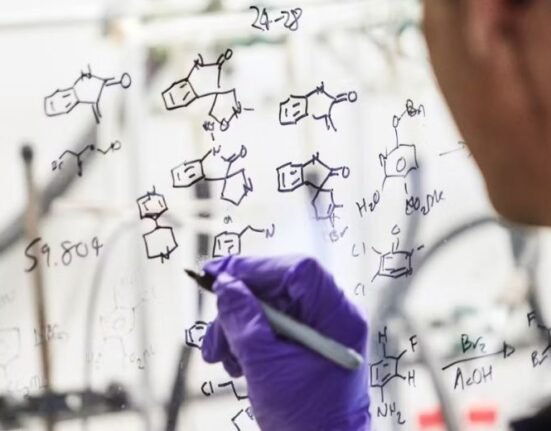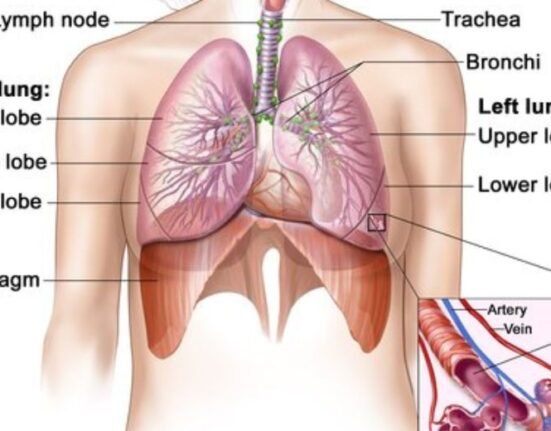HQ Team
March 20, 2023: The WHO’s scientific advisors have called on China to release all data relating to the COVID-19 origins after a new report hinted at the possibility of raccoon dogs as the first source of the virus.
The Scientific Advisory Group for the Origins on Novel Pathogens (SAGO), an advisory group, will continue to evaluate any scientific data shared by Chinese and other researchers from anywhere in the world, according to a WHO statement.
“SAGO encourages any and all data related to the studying of the origins of SARS-CoV-2 be made available immediately for robust and comprehensive review.”
The SAGO advises the WHO Secretariat on technical and scientific considerations regarding emerging and re-emerging pathogens and consists of experts acting personally.
The WHO got wind of new SARS-CoV-2 sequences and metagenomics data associated with samples collected in the Huanan Seafood Wholesale Market, Wuhan, China, in January 2020, that became available on the Global Initiative on Sharing Avian Influenza Data (GISAID) platform “for a short period.”
Several researchers from various countries subsequently downloaded the data.
Access denied
Access was restricted shortly after, apparently to allow further data updates by China CDC. WHO then immediately contacted China CDC and the Chair and Vice-Chair of SAGO.
After talks between WHO and Chinese colleagues, it was explained that the genomic data are the basis for an expected update to the existing 2022 preprint, which is being “re-submitted for publication” to Nature journal by China CDC.
Discussions followed with the WHO secretariat and the SAGO Chair and Vice-Chair, and a call was arranged on March 12 with the scientists involved from China CDC and some of those who had accessed the data from GISAID to gauge the significance of this data and the analyses of this data, according to the statement.
WHO subsequently organised a meeting on March 14, 2023, with all SAGO members and invited researchers from China CDC to present the updated analysis of their data.
The WHO and SAGO also invited the researchers who had informed WHO that they had accessed data from GISAID to present their analysis of the temporarily released sequences.
International researchers
The presentations from China CDC and invited international researchers indicated newly available data from the Huanan Seafood Wholesale Market.
This included metagenomic data of environmental samples from various stalls and wastewater collection sites collected as early as January 2020.
Analyses of these data suggest that apart from SARS-CoV-2 sequences, some samples also contained human DNA and mitochondrial DNA of several animal species, including some that are known to be susceptible to SARS-CoV-2.
This included DNA from wild raccoon dogs, Malaysian porcupines, and bamboo rats, among others, in SARS-CoV-2 positive environmental samples.
The findings suggest that animals were present at the market shortly before the market was cleared on January 1 2020, as part of the public health measures by Chinese authorities.
These results provide potential leads to identifying intermediate hosts of SARS-CoV-2 and potential sources of human infections in the market.
No virus detected
According to the Chinese authors in the 2022 preprint, of the 1,380 samples collected from the environment and animals within the market in early 2020, 73/923 environmental samples tested positive for SARS-CoV-2-specific RT-qPCR from various stalls and sewerage systems in and around the market. Still, no virus was detected in 457 animal samples tested.
The animal samples included animal bodies, frozen animal carcases and animal products, and stray animals around the market, covering 18 species.
According to the preprint, raccoon dogs were not among the animals tested.
The presence of high levels of raccoon dog mitochondrial DNA in the metagenomics data from environmental samples identified in the new analysis suggests that raccoon dogs and other animals may have been present before the market was cleaned as part of the public health intervention.
Historical photographic evidence was provided that shows raccoon dogs and other animals were sold at these specific stalls in the past.
“Although this does not provide conclusive evidence as to the intermediate host or origins of the virus, the data provide further evidence of the presence of susceptible animals at the market that may have been a source of human infections,” according to the WHO statement.
Closure and removal
SAGO’s preliminary report recommended that researchers in China investigate the upstream sources of the animals and animal products in the Huanan market just before its closure and removal of all animal products on January 1 2020.
The SAGO urged “any and all available sequencing and metagenomic data to be made public on GISAID” or any other sequence database and the preprints in review to be shared as soon as possible. Hence, the scientific community has the opportunity to analyse these further.


